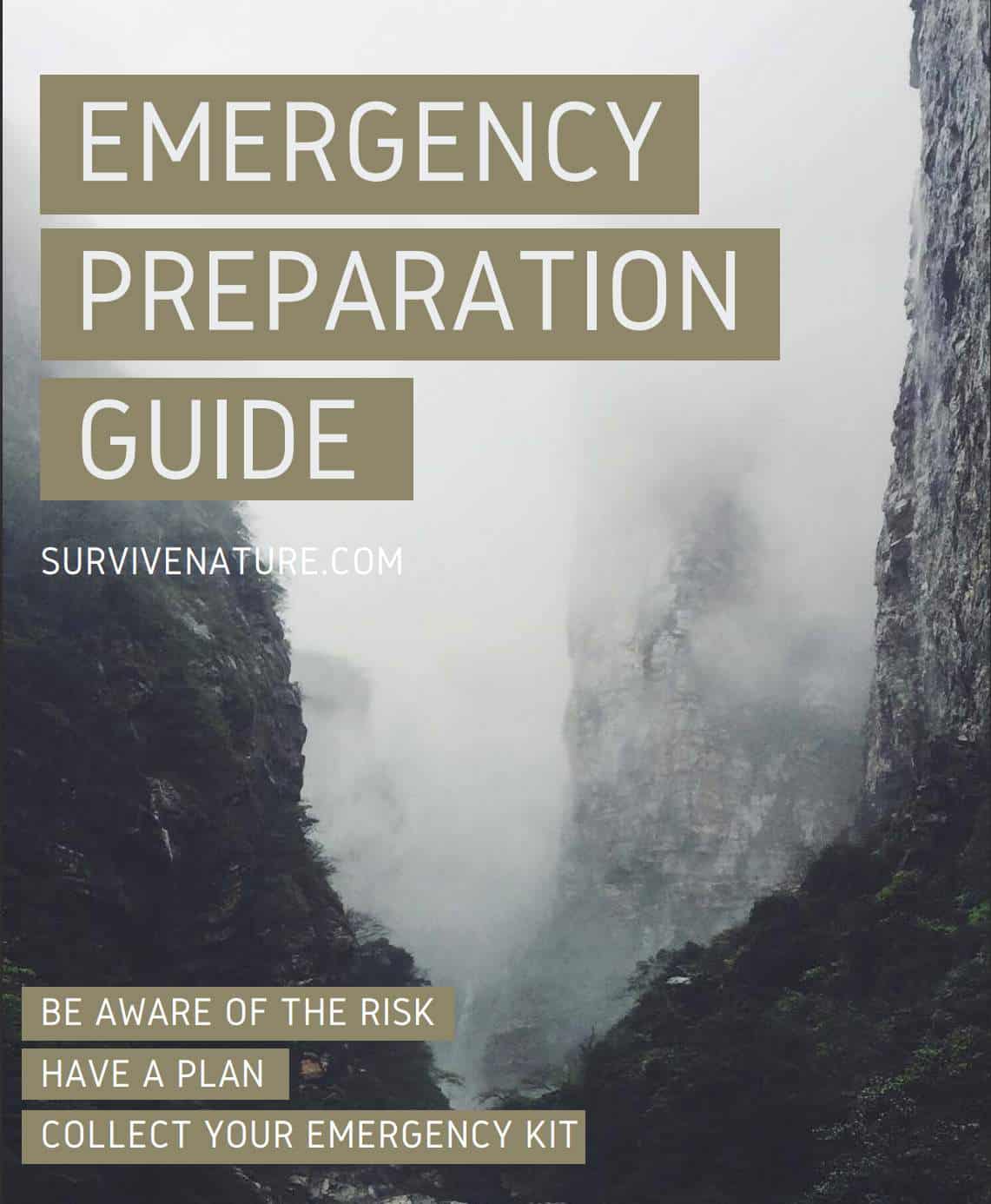Everyone knows what those old-fashioned oil lamps look like thanks to the old movies and various parodies of these lamps on the streets nowadays. However, little do we know that some kind of similar lamps can be used today even indoors! It is not as resource-wasting as it may seem to be since technical progress gave us the invention of kerosene in the middle of the 19th century. Later, it became the most widespread fuel to use both indoors and outdoors. Electricity then took the place of kerosene lamps, though kerosene heaters took their position as an irreplaceable tool in American households.
Surely, there exist many ways to heat one’s home using gas or electricity, however, kerosene heaters are still used as portable warmth sources. Furthermore, kerosene heaters will probably become your only savior during a power outage, so do not underestimate their significance. It is also considered that a kerosene heater deals with larger spaces better than a central heating unit, so you may consider it for your garage or basement.
All in all, this article is fully about the best kerosene heaters you can find on the market. We will tell you about their pros and cons, and give some tips on usage. Stay with us for more insides!
Best Kerosene Heaters
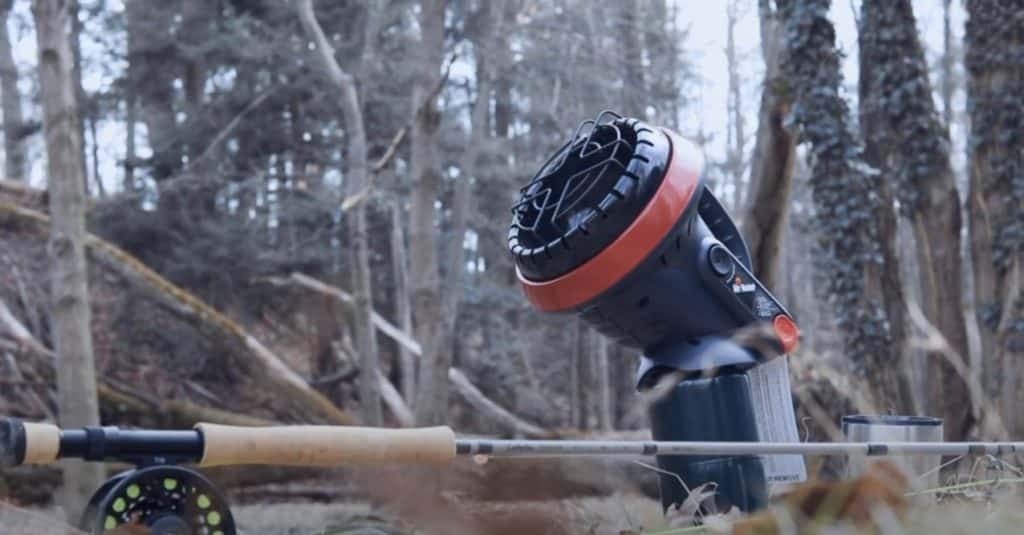
1. Bulletshaker Mini Heater
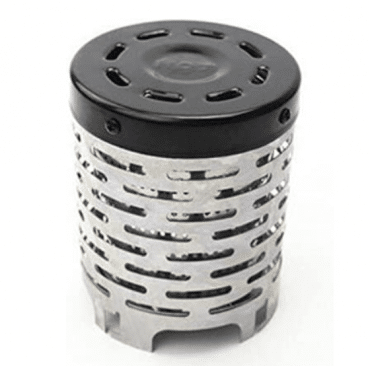
2. Dyna Glo
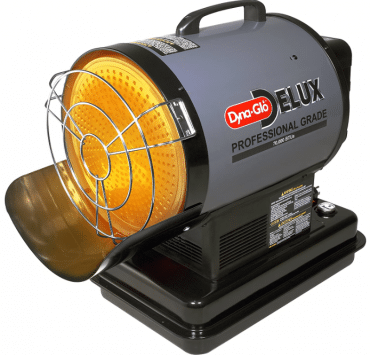
3. UTY Convection Heater
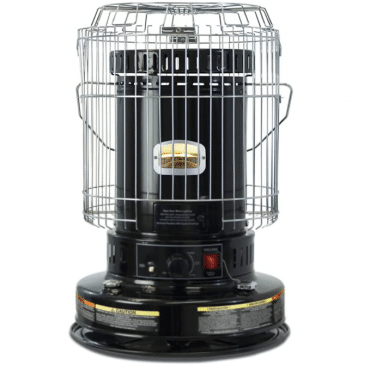
4. Another option from Dyna Glo
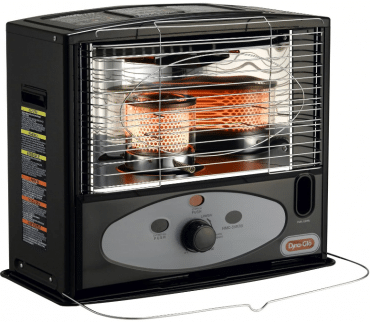
5. Craftsman
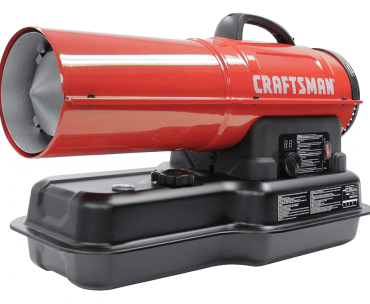
In general, it is hard to choose the best kerosene heater since many of them are best applied to different purposes, so for each customer, there will be a specific perfect choice. The main role of the kerosene heater is to heat the air, so make sure yours is succeeding with it!
How to Choose a Perfect Kerosene Heater?
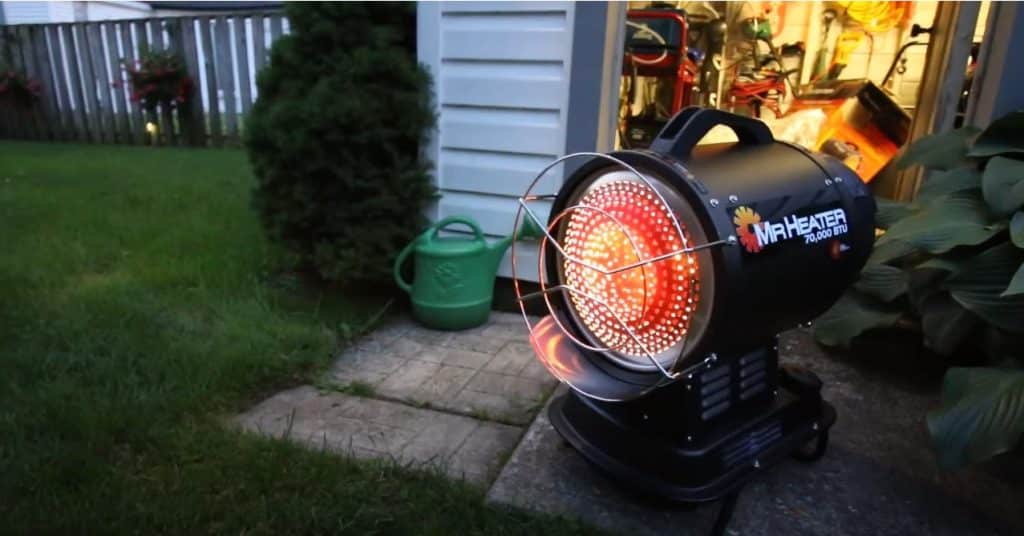
Choosing an appropriate BTU rating will provide you with profitable levels of energy loss for heating since the heater burns only the energy that is given.
Another aspect to which you should pay attention when choosing a kerosene heater is it having a removable fuel tank which will let you easily transfer the tank and fill it with oil in a more convenient environment. Undoubtedly, a small heater is preferable if you do not need to heat large spaces. Also, make sure that the heater is not placed in the corridor or any passage rooms, and especially pay attention to not placing the kerosene heater at maximum heat near the furniture since it may cause a severe fire.
Indoor Safety
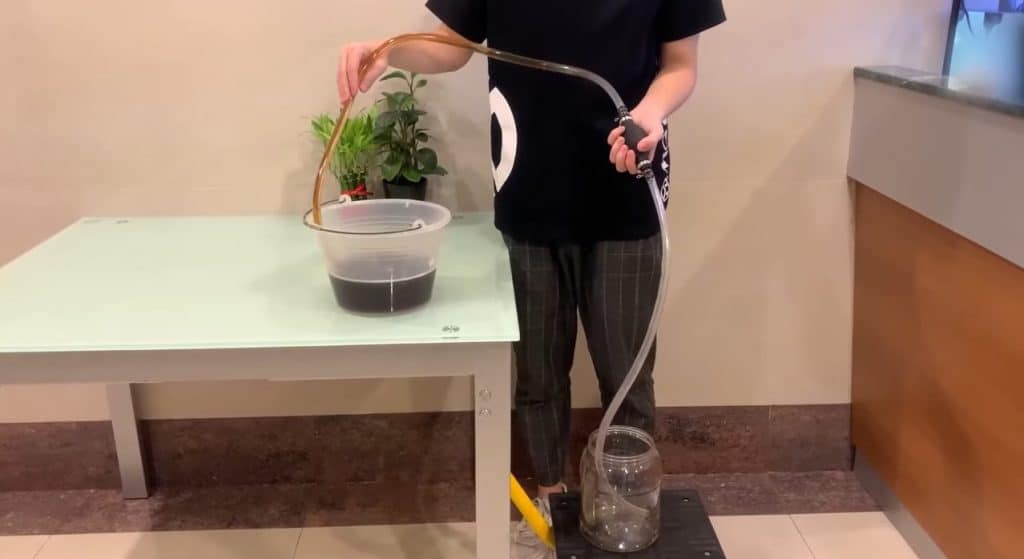
First and foremost, any tool that produces heat through combustion gives off some carbon monoxide particles which can be harmful to one’s health when inhaled in big amounts. Therefore, during indoor use, do not forget about ventilating the space and removing the spoiled air. You can even think of acquiring a unit with a built-in carbon monoxide detector which the most modern kerosene heaters usually have installed. It is also better to refill the tank outdoors in order not to let the kerosene fumes enter your living space.
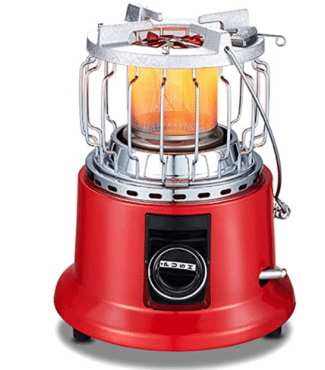
It is also better to find a heater with an automatic shutoff system since you may not always be able to notice that the heating has overcome the allowed temperature. It is an irreplaceable feature of the indoor kerosene heaters as such a mechanism also prevents the occurrence of power outages due to stopping the heating after reaching a too hot temperature or lacking fuel.
The quality of kerosene itself also plays an important role in ensuring your safety. It is better to use 1K clear kerosene as it will not give off a chemical odor and will not cause clogging. You can consider purchasing a gallon of it to fill more than one tank at a time.
Here is a shortlist of what you should remember when using a kerosene heater both indoor and outdoor:
- do not hesitate to acquire a CO detector
- do not forget to ventilate the space that is being heated
- check whether the BTU rating complies with the footage of your room
- use only high-quality clear kerosene (or other fuel)
- do not leave the heater unattended and near wood or textiles
- do not refill a hot tank and do it only outdoor
- use siphon pump in order not to spill the kerosene over
Yes, it is essential even to care for spilled kerosene as it is potentially dangerous and can make everything highly flammable. Thus, it is better to use siphon pumps when refilling the heaters. Nevertheless, if the fuel tank still has not carried all the kerosene, you should take care of removing the evidence of such an event. Use rags or kitty litter to remove the spoil and never use water-based napkins as they will not succeed in eliminating kerosene spoilage. Instead, it is recommended to mix soap with warm water to clean the place and again vent the space to remove the fumes and odor.
Storing Fuel
Storing fuel is also an important detail in all this business as it is the fuel that sponsors the burning itself. You should store and use kerosene, oil, or propane appropriately as it leads to the whole process of heating. First of all, never use the fuel that has already been used, instead, consider buying a gallon of clear kerosene for longer use. Those also will not burn completely, thus preventing the occurrence of a bad smell.
Also, make sure both your kerosene container and fuel tank are marked and certified for storing burning fuel inside. Luckily, kerosene does not require any special conditions of storage, unlike natural gas, for instance. It will not evaporate or, in contrast, freeze. It is also good for indoor use as it has a less amount of junk fumes.
Talking specifically about the containers, it is most preferable to use metal sealed containers. It will be perfect if you mark them with the date of sealing and the name of fuel (in case you forget about what you have filled the gallon with). It is also better to store kerosene outdoors or at least in the basement or garage, where it is colder and darker. Note that even though kerosene can be frozen, it will become thicker then.
As to expiration dates, kerosene is believed to be of the best quality not longer than six months after its production. However, you can try using even older fuel after checking its quality. To do so, pour some kerosene into a transparent container and see whether it leaves any debris after a couple of hours. If yes, then there is a risk of it causing damage to the heater, so it is better to eliminate such a unit. Moreover, old kerosene produces more harmful fumes and thus must not be used indoors.
Even though kerosene heaters are relatively cheap and are easy to maintain, they are still not the primary source of heat in the majority of households. They still play the role of the backup heater that is used in the cases of power outages. It is due to the belief that indoor kerosene heaters are dangerous for people’s health. Nevertheless, using a kerosene heater is still better than storing some amount of wood in your room to supply the oven.
In order to maintain your kerosene heater in the best condition for as long as possible, it is needed to perform some care procedures. One of these is to dry and brush the wick after each couple of heating. It is also better to use non-flammable cleaners for the fuel tank of the heater and clean it only when the heat is gone.
Frequently Asked Questions — FAQ
What Size Kerosene Heater Do I Need?
It depends on the purposes for which you consider acquiring one. For instance, if you want to heat only a portion of your home and also use it outside, it is better to consider a small portable kerosene heater. In contrast, if you want to heat the whole basement, consider a big forced air heater in order to warm the space only with one plug-in.
How Much Kerosene Does a Heater Burn?
The amount that a heater needs to supply a particular room with warmth is measured in BTUs. It shows how much energy the heater needs to increase the temperature by one degree Fahrenheit, so since each heater has different characteristics, it all depends on these details.
Is It Safe to Sleep With a Kerosene Heater On?
You can leave the tool while it heats a big room for a couple of minutes, however, it is highly not recommended to leave the kerosene or radiant heater alone for a long time, especially when you are sleeping and cannot pay attention to what may go on as it heats.
Does Kerosene Heater Save Money?
Definitely, yes. Kerosene is the easiest fuel to store and thus you will not have to spend money on gallons you will throw away later. Moreover, kerosene is much cheaper than electricity is, so you can easily use it to heat your space.
Can a Kerosene Heater Use Diesel Fuel?
There exist models of heaters that can use both kerosene and diesel fuel, so yes, they can! However, if your model is not specified for such purposes, it is better not to make such experiments as using a broken heater may cause severe problems.
How to Start Dyna Glo Kerosene Heater?
Find the head of the heater, and open the burn chamber (check whether it is above the wick). Pull up the knob to make the wick appear, regulate its length, and light it with any fire source, voila!
How Do Kerosene Heaters Work?
In contrast with propane heaters, a kerosene heater works only with a wick. It absorbs the kerosene and after the ignition, supplies it with fire. The result is – surprise – heat! Also, unlike other fuel-based heaters, those working with kerosene can be controlled by changing the supply of oxygen. You can also regulate the intensity of heat by changing the length of the wick.


